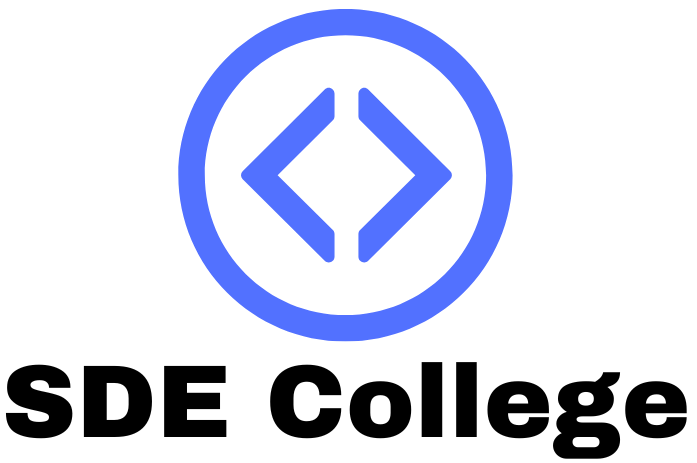Building and Testing Blockchain Applications: Best Practices and Strategies
IntroductionWhether you're a seasoned software developer or a novice just starting out, the process of building and testing blockchain applications can be daunting. However, the potential is great: when deployed correctly, they can provide a competitive advantage in both cost and scalability. As such, it's important to understand best practices and strategies when it comes to building and testing blockchain applications. This blogpost will discuss the different considerations of building and testing blockchain applications, including best practices, secure development lifecycle (SDLC) process, automated testing, and more.
What Are Blockchain Applications?
Before diving into best practice, it’s important to define what blockchain applications are. According to Deloitte, “blockchain technologies are a type of distributed ledger technology that enables organizations to create an immutable record of digital information on a shared platform.” In short, blockchain applications are decentralized networks of computers that store digital records. Their immutability and distributed nature make them ideal for use in a wide range of applications.
Benefits of Building and Testing Blockchain Applications
Blockchain applications have a number of advantages over traditional applications. First, they are highly secure, since malicious actors cannot alter or delete the data stored in them. Second, they are extremely efficient, since they do not require any third-party intermediaries to verify transactions. Third, they are highly scalable, since they can be used to create a global network of computers which can process transactions quickly and securely. Finally, they are cost-effective, since there are no fees or commissions associated with using them.
Best Practices for Building and Testing Blockchain Applications
When it comes to building and testing blockchain applications, it’s important to ensure that they are secure, seamless and performant. To achieve this, developers should adhere to the following best practices:
1. Implement Secure Development Lifecycle (SDLC) Process: It is essential to implement a secure development lifecycle (SDLC) process. This process should include steps for design, development, testing, deployment, and monitoring. Each of these steps should be designed to assess and validate the security of the application before deployment.
2. Automate Testing: Automated testing is essential for ensuring that the application meets its performance and security requirements. Automated tests should include unit tests, integration tests, end-to-end tests, stress tests, and security tests.
3. Monitor Performance: Once the application is deployed, it should be monitored closely to identify performance issues and to ensure that it remains secure.
4. Avoid Hardcoding Secrets: Hardcoded secrets should be avoided as they can be easily exposed. Instead, use secure storage solutions such as key vaults and secure authentication methods such as OAuth.
5. Use Application Logging: Application logging should be used to capture and maintain detailed logs of activities. These logs should be reviewed regularly to identify any anomalous activity.
6. Maintain Source Code Visibility: Source code should remain visible and open for review. This allows for greater transparency and accountability for developers.
7. Refine Security Settings: Security settings should be reviewed and adjusted on a regular basis. This ensures that only authorized users are able to access the application.
Conclusion
Building and testing blockchain applications requires an understanding of best practices and strategies to ensure that they are secure, seamless and performant. By implementing a secure development lifecycle (SDLC) process, automating tests, monitoring performance, avoiding hardcoded secrets, using application logs, maintaining source code visibility, and refining security settings, developers can ensure that their applications meet their goals. With the right approach, developers can build and test blockchain applications that are secure, reliable, and cost-effective.












